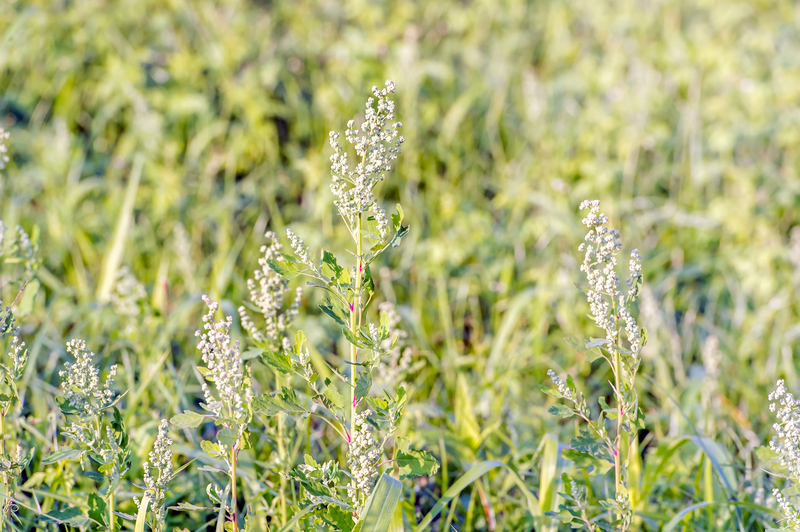Growing Cactuses Indoors
Posted on 01/06/2025
Introduction
Growing cactuses indoors has gained popularity among plant enthusiasts and beginners alike. With their unique shapes, striking silhouettes, and easy-care nature, cactuses make for an appealing addition to any indoor space. This guide will walk you through the essential steps to successfully cultivate thriving cactuses in your home.

Choosing the Right Cactus Varieties
When selecting cactuses to grow indoors, consider their growth requirements and potential size. Some cactuses are better suited for indoor environments due to their manageable size and minimal care needs. Popular indoor cactus varieties include:
- **Bunny Ears Cactus** (Opuntia microdasys)
- **Christmas Cactus** (Schlumbergera)
- **Golden Barrel Cactus** (Echinocactus grusonii)
- **Pincushion Cactus** (Mammillaria)
Potting and Soil Requirements
Cactuses need well-draining soil to prevent root rot. Use a specialized cactus or succulent soil mix, or create your own by combining regular potting soil with sand, perlite, or pumice. Ensure that your pot has drainage holes to enable excess water to escape.
When repotting, choose a container slightly larger than the current one to give the roots ample space to grow, but avoid pots that are too large as they can hold too much moisture.
Lighting Needs
Cactuses thrive in bright light, which mimics their natural desert habitat. Place your cactuses near a south-facing window to ensure they receive plenty of sunlight. If natural light is limited, consider using grow lights to supplement their needs. Aim for at least six hours of direct sunlight per day for optimal growth.
Watering Practices
Overwatering is the most common mistake when growing cactuses indoors. These plants are designed to store water and can withstand periods of drought. Water your cactus thoroughly, but allow the soil to dry out completely between waterings. During the active growing season (spring and summer), water more frequently, and reduce watering during the dormant period (fall and winter).
Temperature and Humidity
Cactuses prefer warm temperatures and low humidity. Maintain a consistent indoor temperature between 65?F and 80?F (18?C to 27?C). Avoid placing your cactus near drafts, air conditioners, or heaters. High humidity levels can lead to fungal issues, so ensure good air circulation around your plants.
Feeding and Fertilizing
During the growing season, feed your cactus with a balanced, water-soluble fertilizer diluted to half-strength once a month. Avoid feeding during the dormant period to prevent stressing the plant. Specialty cactus fertilizers are available, but general-purpose fertilizers will also suffice when used sparingly.
Common Issues and Pest Management
Indoor cactuses can occasionally face issues such as pests and diseases. Common pests include spider mites, mealybugs, and scale insects. Use insecticidal soap or neem oil to treat infestations. Watch for signs of rot or fungus, typically caused by overwatering. Remove affected areas and adjust your watering schedule as needed.
Pros and Cons of Growing Cactuses Indoors
Pros
- **Low Maintenance:** Cactuses require minimal care once established.
- **Aesthetic Appeal:** Unique and attractive shapes add character to indoor spaces.
- **Air Purification:** Certain cactus species can help improve indoor air quality.
- **Compact Size:** Many varieties remain small, making them ideal for limited space.
Cons
- **Sunlight Dependency:** Requires plenty of natural or artificial light.
- **Slow Growth:** Cactuses are generally slow-growing, requiring patience.
- **Sharp Spines:** Handling must be done carefully to avoid injury.
- **Overwatering Risk:** Susceptible to rot from excessive moisture.
Tips for Successful Indoor Cactus Care
- **Rotate Regularly:** Turn your cactus periodically to ensure even light exposure.
- **Use Gloves:** When handling spiny cactuses, wear gloves or use kitchen tongs.
- **Pebble Mulch:** Adding a layer of decorative pebbles can help retain soil moisture without overwatering.
- **Observation:** Regularly inspect your cactus for signs of stress or pests.

Takeaways
- Choose the right cactus varieties for indoor growing.
- Ensure well-draining soil and appropriate potting.
- Provide adequate light, preferably natural sunlight.
- Water sparingly and maintain a dry environment.
- Monitor for pests and adjust care as needed.
Conclusion
Growing cactuses indoors is an engaging and rewarding endeavor. With the right conditions and proper care, these resilient plants can thrive and bring a touch of desert beauty into your home. By understanding their unique needs and staying attentive to their environment, you can cultivate healthy, stunning cactuses that enhance your living space year-round.



